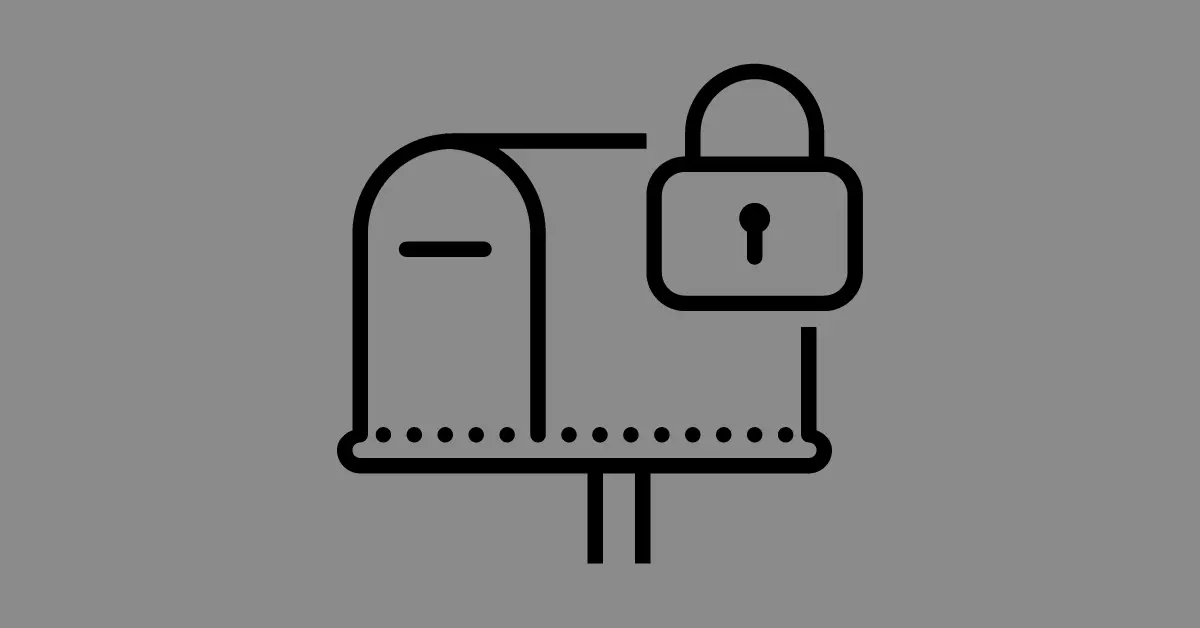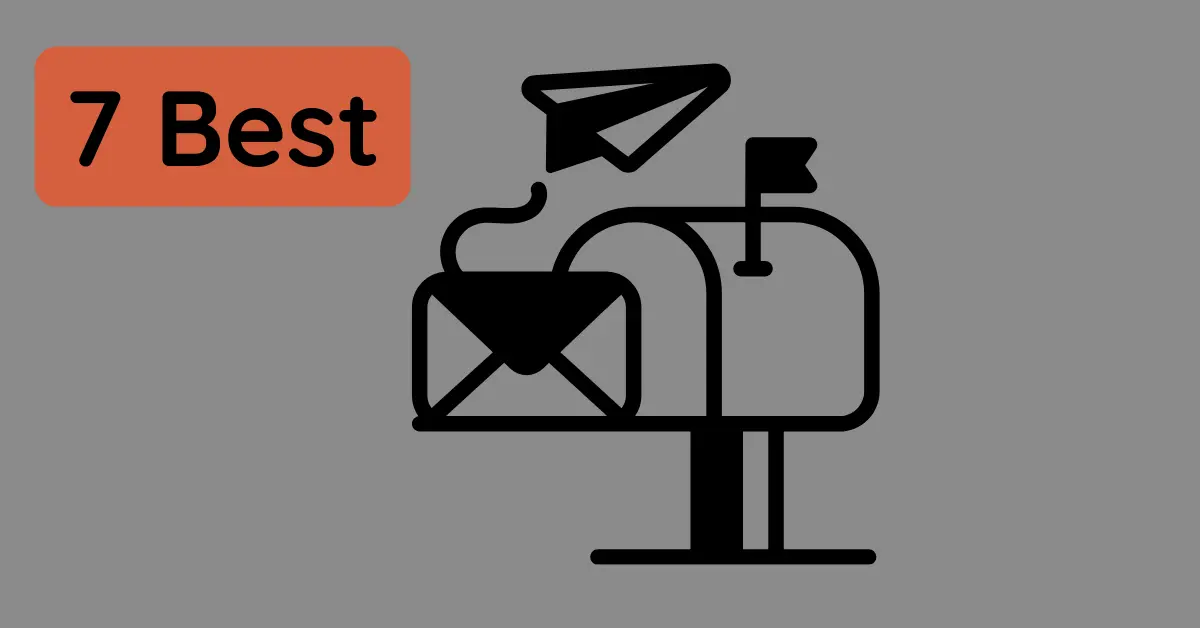Virtual mailbox services use third-party CMRA providers or their own facilities to receive mailing items on your behalf. However, there’s much more to learn about how these services work. Keep reading to learn more.
As someone who has used virtual mailboxes, I want to help you determine whether they’re worth it.
Summary
- Providers will receive your mail at facilities or smaller Commercial Mail Receiving Agencies.
- Facilities offer more security, but less flexibility with addresses.
- A CRMA or facility will receive your mail, scan it, then show you the mail’s envelope.
Ways Virtual Mailbox Providers Handle Your Mail
Virtual mailbox providers receive your mailing items in two different ways.
One way gives you access to guaranteed security. The other gives you more flexibility with addresses.
After reading the following sections, you’ll better understand which solution is better for your applications.
#1 Their Facilities
Virtual address providers will offer one business or street address with this option. However, it’s the safest route.
Unless the service states how secure each Commercial mail Receiving Agency location is.
These facilities will usually have security apparatuses installed, such as security cameras, key card scanners, and other security measures. Moreover, these are the only locations where your mail will go.
I recommend this option if you’re concerned about security and don’t care about having an address in a specific city.
#2 Commercial Mail Receiving Agency
While the virtual mailbox services are technically a Commercial Mail Receiving Agency (CMRA), I’m referring to smaller businesses these services employ to offer more options for customers.
These are third-party providers.
Anyway:
A CMRA is a type of private business that’ll accept your mail on behalf of third-party services. Many virtual mailbox services will outsource their addresses to these providers to offer more addresses to customers.
Understand How To Become a Commercial Mail Receiving Agency
To understand where your mail comes from, you’ll want to know how one becomes a CMRA. That way, you’ll understand what sort of qualifications they have to surpass to manage your mail.
To become a Commercial Mail Receiving Agency, they’ll have to:
- Fill out PS Form 1583—you will have to also fill out the same form when you register for a virtual mailbox service
- Provide two types of identification
- Send documents to a local Postal Service
If you still want to choose a virtual mailbox provider, check out how to get started.
5 Steps as to How Virtual Mailbox Services Work
Here are the steps you’ll want to take when opening a virtual mailbox:
- Pick an address
- Fill out a forum
- Agency will receive & scan your mail
- Decide how you want to proceed with the scanned mailing item
The following sections will explain getting started with one of these providers more in-depth.
1. Choose Your Address (If Applicable)
Create your account, select your address, and input your payment methods. Some providers will offer one address, which is generally the most secure. Conversely, other services will allow you to pick an address from their CMRAs around the globe.
2. Fill Out a Form to Forward Your Mail
Before setting up mail forwarding, you’ll need to send a notarized PS Form 1583 to your virtual mailbox provider. Afterward, you’ll need to pick up a Mover’s Packet and fill out form 3575 or change your mailing address online.
3. They Receive Your Mail
The Commercial Mail Receiving Agency will receive your mailing item and take a picture of the item’s envelope or package. Afterward, they’ll store the envelope, package, or document.
From there, they’ll upload the picture to their cloud storage solution that’s attached to your account and notify you of your package. Then, check the mailing label to determine what you want to do with your parcel at your convenience.
4. Decide What You Want To Do With the Mail
From here, you will decide whether you want the facility to scan to the following:
- Scan the contents of your mailing item
- Securely shred your mail
- Store your snail mail for a later date
- Forward your mail to a mailbox near you: also forward mail to international addresses
Some services offer “tags” that enable you to attach an action to a piece of mail from a certain provider. For instance, you could tag mail sent by the IRS and always have the CMRA forward the mail to your address instead of taking a picture and storing it.
Let’s see some of the most popular virtual mailing address providers.
Best Virtual Mailbox Providers To Try
The most popular (and best) virtual address providers are as follows:
| Provider | Starting Price * | Best For |
|---|---|---|
| Anytime Mailbox | $5.99–$39.99+/mo. | Receiving many mailing items |
| PostScan Mail | $15–30/mo. | Customer service & U.S. digital nomads |
| Earth Class Mail | $19–$229/mo. | Mail security |
| VirtualPostMail | $20–$90/mo. | Address verification |
| US Global Mail | $9.95–$29.95/mo. | Secure facility (in 2 states) |
| Physical Address | $7.98–$26.98/mo. | Free registered agent |
* These prices don’t include sales tax or other fees.
I compared these providers more in-depth in a separate guide. Check out whether each service is worth getting before signing a subscription.







